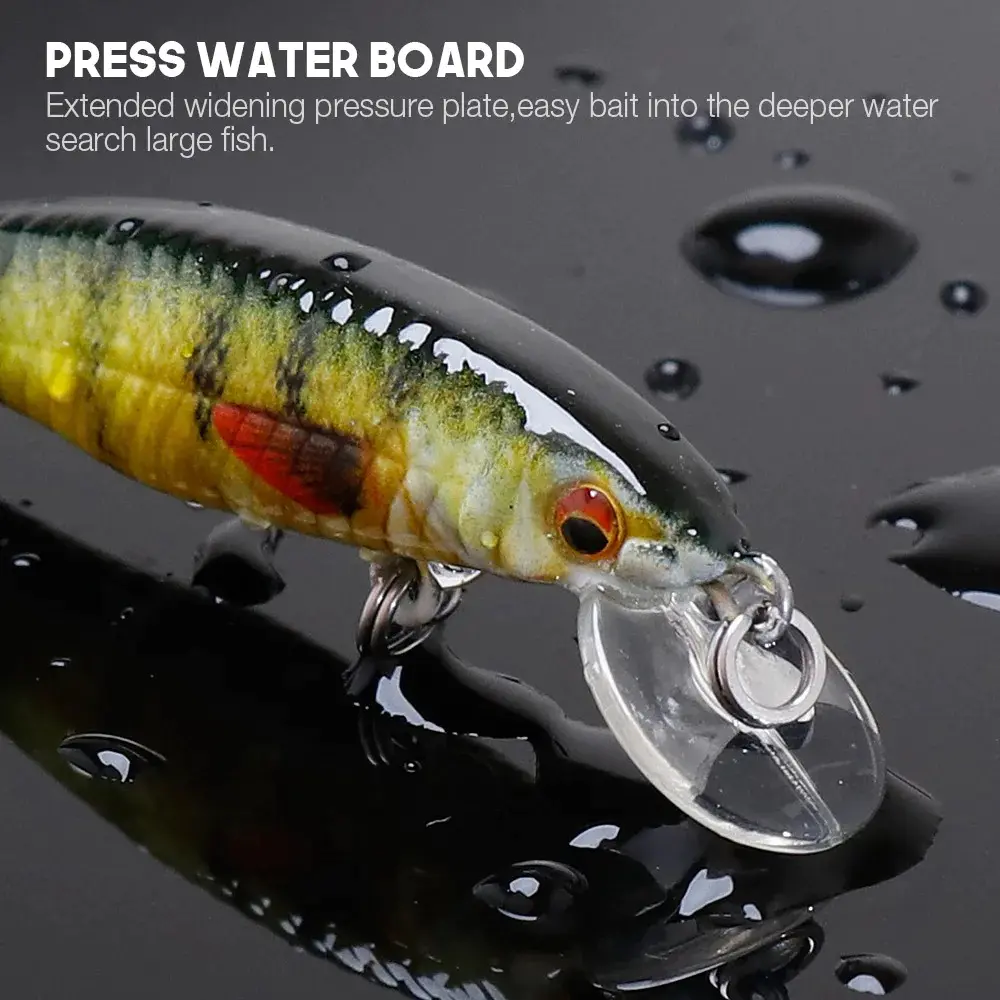Why do Insulators not Conduct Electricity to Fishing Lures
Discover why insulators block electricity in fishing lures—and how using non-conductive gear improves your catch rate. Best insulated lures for 2025!
The Shocking Truth About Insulators & Fishing Lures
Ever wondered why some fishing lures stay shock-free while others zap the life out of your catch? The secret lies in insulators—materials that block electricity from reaching your lure. But how do they work, and why should every angler care?
In this guide, we’ll dive into:
✔ The science behind insulators and why they matter in fishing
✔ Common insulating materials used in fishing gear
✔ How electricity affects fish behavior (and why insulation protects your lure)
✔ Top-rated insulated fishing lures for shock-free angling
If you’ve ever lost a big catch due to electrical interference, keep reading—this could save your next fishing trip!
Understanding Insulators: The Silent Protectors of Your Lure
What Are Insulators?
Insulators are materials that resist the flow of electricity, unlike conductors (like metals) that allow current to pass through. In fishing, insulators prevent unwanted electrical currents from spooking fish or damaging your gear.
Key Properties of Insulators:
High resistance to electrical flow
Non-metallic composition (plastic, rubber, ceramic)
Used in fishing line coatings, lure casings, and rod handles
Why Don’t Insulators Conduct Electricity?
Electricity flows through materials with free-moving electrons (like copper or aluminum). Insulators, however, have tightly bound electrons that don’t move easily, blocking current transfer.
Example:
A rubber-coated fishing lure won’t conduct stray currents, keeping fish from detecting unnatural electrical signals.
How Electricity Affects Fishing (And Why Insulation Matters)
Fish Sensitivity to Electrical Fields
Many fish (like bass and catfish) have electroreceptors—organs that detect minute electrical changes in water. Stray currents from:
Power lines near lakes
Underwater cables
Poorly insulated fishing gear
…can scare fish away or trigger unnatural reactions.
The Role of Insulated Lures
Using non-conductive lures ensures:
✅ No false electrical signals
✅ Natural fish attraction
✅ Better bite rates
Pro Tip: If fishing near docks with wiring, opt for lures with plastic or ceramic coatings to avoid interference.
Best Insulating Materials for Fishing Gear
1. Plastic (Polyethylene, PVC)
Lightweight, cheap, and widely used in fishing lures
Excellent for freshwater applications
2. Rubber (Silicone, Neoprene)
Flexible and durable
Common in soft bait lures and handle grips
3. Ceramic & Fiberglass
High-end insulation for saltwater fishing
Resistant to corrosion and extreme conditions
Top 5 Insulated Fishing Lures for 2025
Berkley PowerBait Insulated Swim Shad
Plastic-coated body prevents electrical interference
Ideal for bass and walleye
Rapala X-Rap Saltwater Insulated Series
Ceramic lip for zero current transfer
Perfect for offshore fishing
YUM F2 Insulated Worm
Rubberized texture blocks electrical signals
Great for finesse fishing
Strike King Tour Grade Insulated Jig
Fiberglass-reinforced head
Prevents spooking in high-pressure waters
ZOOM Insulated Brush Hog
Non-conductive silicone body
Best for heavy cover fishing
FAQs: Insulators & Fishing Lures
Q: Can electricity really scare fish away?
A: Yes! Many species detect electrical fields, and unnatural currents can make them avoid your lure.
Q: Do all fishing lures need insulation?
A: Not always—but in electrically active waters (near dams, docks, or power lines), insulated lures perform better.
Q: How can I test if my lure conducts electricity?
A: Use a multimeter—if it shows resistance, your lure is insulated.
Final Thoughts: Fish Smarter, Not Harder
Understanding insulators could be the difference between a trophy catch and a wasted day. By choosing the right non-conductive materials, you’ll keep fish from detecting unnatural currents and boost your success rate.
Ready to upgrade your tackle box? Check out our top-rated insulated lures and fish with confidence!



